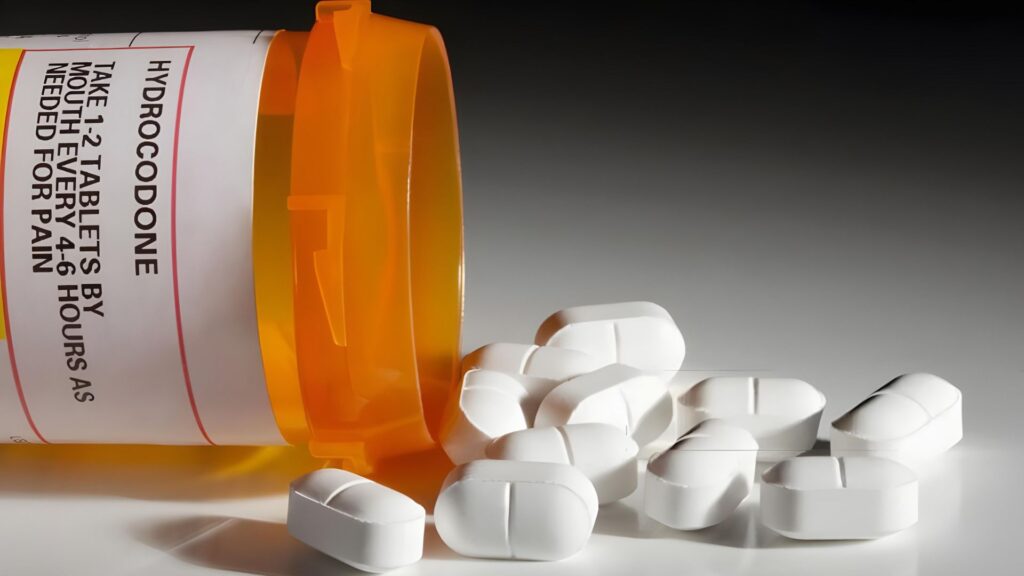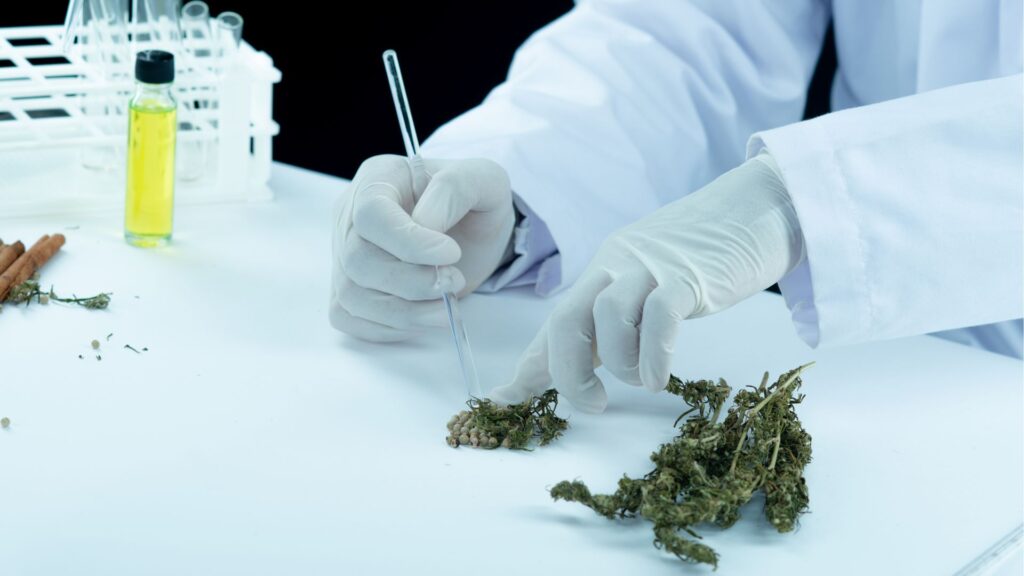Stimulants are one of the most widely used and dangerous types of drugs, known for their powerful effects on the brain and high potential for addiction. These substances, which include both prescription medications and illicit drugs, increase alertness, energy, and euphoria by rapidly boosting levels of neurotransmitters like dopamine. However, their ability to quickly rewire the brain’s reward system also makes them highly addictive, leading to compulsive use, serious health risks, and significant societal impact.
In this article, we’ll explore the most addictive stimulants, how they affect the body and mind, and why understanding their risks is crucial for prevention and recovery.

Criteria for Addictiveness
The speed at which a stimulant crosses the blood-brain barrier and produces a euphoric effect plays a significant role in its addictiveness.
Stimulants that increase dopamine levels in the brain’s reward pathways are more likely to lead to addiction, as users seek higher doses to achieve the same pleasurable effects.
Withdrawal symptoms, such as fatigue, depression, and intense cravings, are also indicators of a stimulant’s addictive nature.
The method of consumption can also heighten the risk of addiction, with snorting or injecting amplifying the drug’s effects.
Overcoming stimulant addiction is challenging, but with the right support and evidence-based addiction treatment, recovery is possible.
Methamphetamine (Crystal Meth)
Methamphetamine, a highly addictive stimulant, wreaks havoc on the central nervous system by increasing energy levels and producing intense euphoria, but it can also trigger severe psychological problems like anxiety and paranoia.
In 2023, about 1.8 million Americans aged 12 or older struggled with a methamphetamine use disorder, underscoring its impact as a major public health issue.
Tolerance to methamphetamine develops quickly, driving users to take larger doses to feel the same euphoric effects, raising the risks of addiction and overdose.
Withdrawing from methamphetamine can cause severe depression, fatigue, and intense cravings, making recovery difficult.
Long-term methamphetamine use is linked to persistent changes in brain function, including reduced dopamine production, which can lead to lasting cognitive deficits and emotional problems.
Cocaine
Cocaine is a powerful stimulant drug known for its ability to create an intense high by rapidly increasing dopamine in the brain, a neurotransmitter closely tied to pleasure and reward. As an addictive substance, cocaine works by blocking the reuptake of dopamine at the synapse, causing dopamine to build up and overstimulate brain cells, which heightens feelings of euphoria and energy. This immediate and powerful effect strongly reinforces repeated use, making it easy for individuals to become dependent after only a few exposures.
Over time, chronic use can deplete dopamine stores and alter brain chemistry, leading to diminished pleasure from everyday activities and increased cravings for the drug.
The risk of overdose deaths is significant with cocaine, as the drug can cause dangerous spikes in heart rate, blood pressure, and body temperature, sometimes resulting in seizures, heart attacks, or fatal complications.
Crack Cocaine
Crack cocaine, a highly potent and synthetic form of cocaine, is widely recognized as one of the most addictive drug stimulants due to its rapid and intense effects on the brain’s reward system. Unlike powdered cocaine, which is typically snorted, crack is smoked, allowing it to reach the brain in just a few minutes and produce a powerful, short-lived euphoria. Read more about the differences between crack and cocaine here.
This immediate rush is primarily caused by the drug’s interference with the dopamine transporter, leading to a buildup of dopamine in the brain – a neurotransmitter closely associated with pleasure and reward. As dopamine floods the synapse, users experience heightened energy and euphoria, but repeated use quickly disrupts the brain’s ability to regulate dopamine naturally.
Over time, individuals can become addicted as the brain adapts by reducing the number and sensitivity of dopamine receptors, making it increasingly difficult to feel pleasure without the drug.
Amphetamines
Amphetamine is a highly addictive drug that acts as a powerful central nervous system stimulant, increasing alertness, energy, and focus by dramatically raising dopamine in the brain. Its ability to rapidly boost dopamine and norepinephrine levels not only enhances mood and motivation but also makes amphetamine extremely reinforcing, leading many users to become dependent after repeated use.
While some amphetamines are prescribed for medical conditions such as ADHD, those that are illegally manufactured and sold on the black market are often more potent and unpredictable, significantly increasing the risk of drug overdose.
Overdose can result in dangerously high blood pressure, heart attacks, seizures, and even death, especially when combined with other substances or when the drug is taken in large doses.

Prescription Stimulants
Prescription drug stimulants, such as Adderall and Ritalin, are commonly prescribed to treat conditions like ADHD and narcolepsy, but they are also among the most addictive stimulants when misused. These drugs work by increasing levels of dopamine in the brain, which enhances focus and alertness but also creates a strong sense of reward that can lead to drug addiction and dependence.
When taken in ways not prescribed, such as higher doses or without a prescription, individuals can become dependent, needing the drug to function normally and experiencing withdrawal symptoms if they stop.
While prescription stimulants are different from benzodiazepines, which are another class of commonly misused prescription drugs, both can lead to significant health risks and addiction if abused.
Some prescription stimulants are considered more addictive than others, especially those with a rapid onset or higher potency, making careful medical supervision essential to reduce the risk of misuse and drug addiction.
Final Thoughts from Radix Recovery
If you or someone you know is struggling with substance use disorder involving drugs like cocaine, amphetamines, or prescription stimulants, it’s important to recognize how quickly these dangerous drugs can lead to dependence, drug cravings, and the need to develop a tolerance. Radix Recovery’s Intensive Outpatient Program (IOP) in Cedar Rapids, Iowa, offers compassionate, holistic care that helps individuals uncover the factors fueling their addiction and build the skills needed for long-term sobriety.




























































































